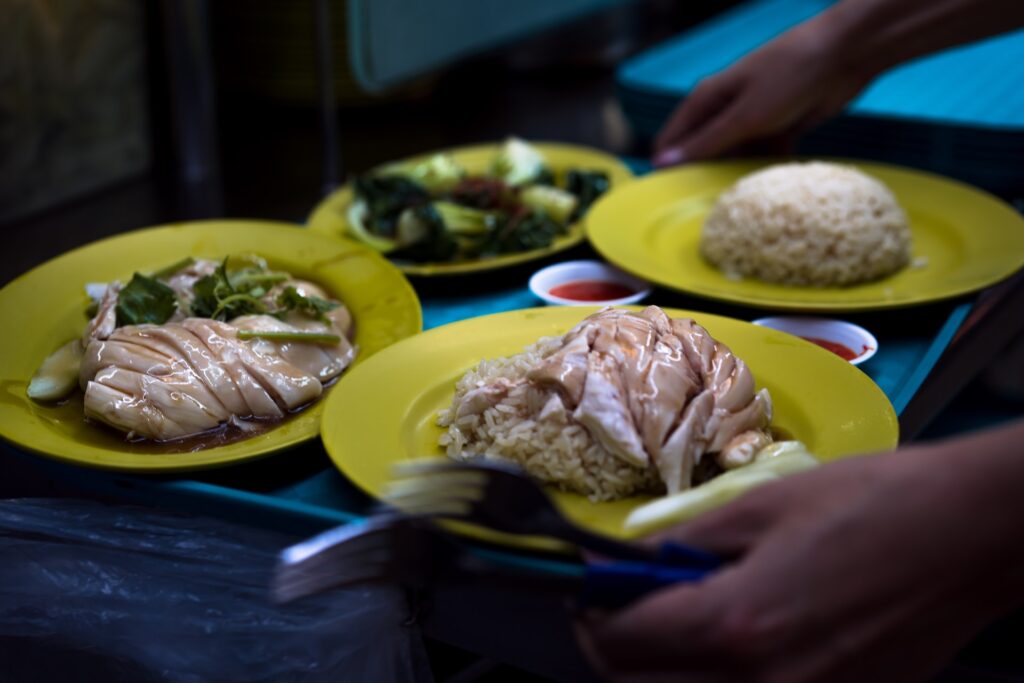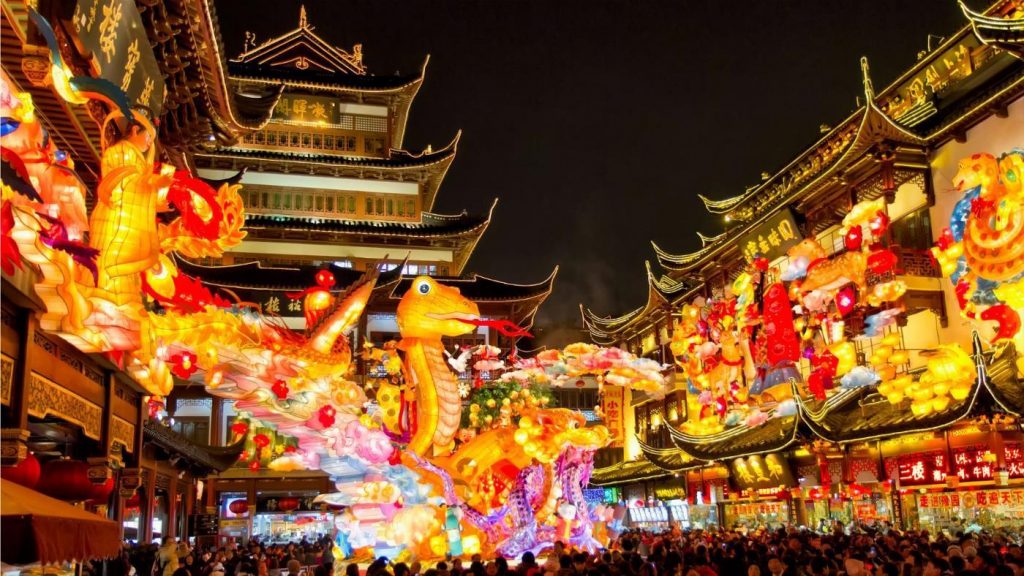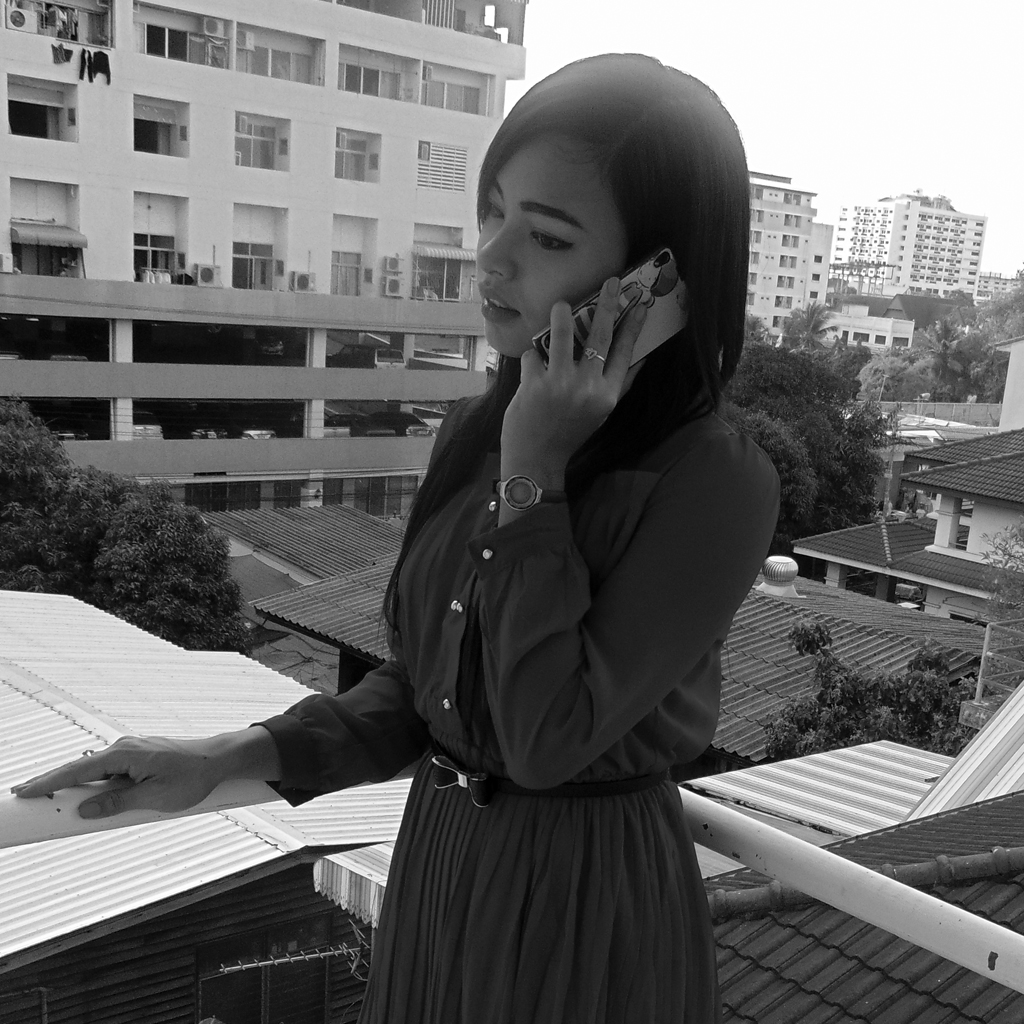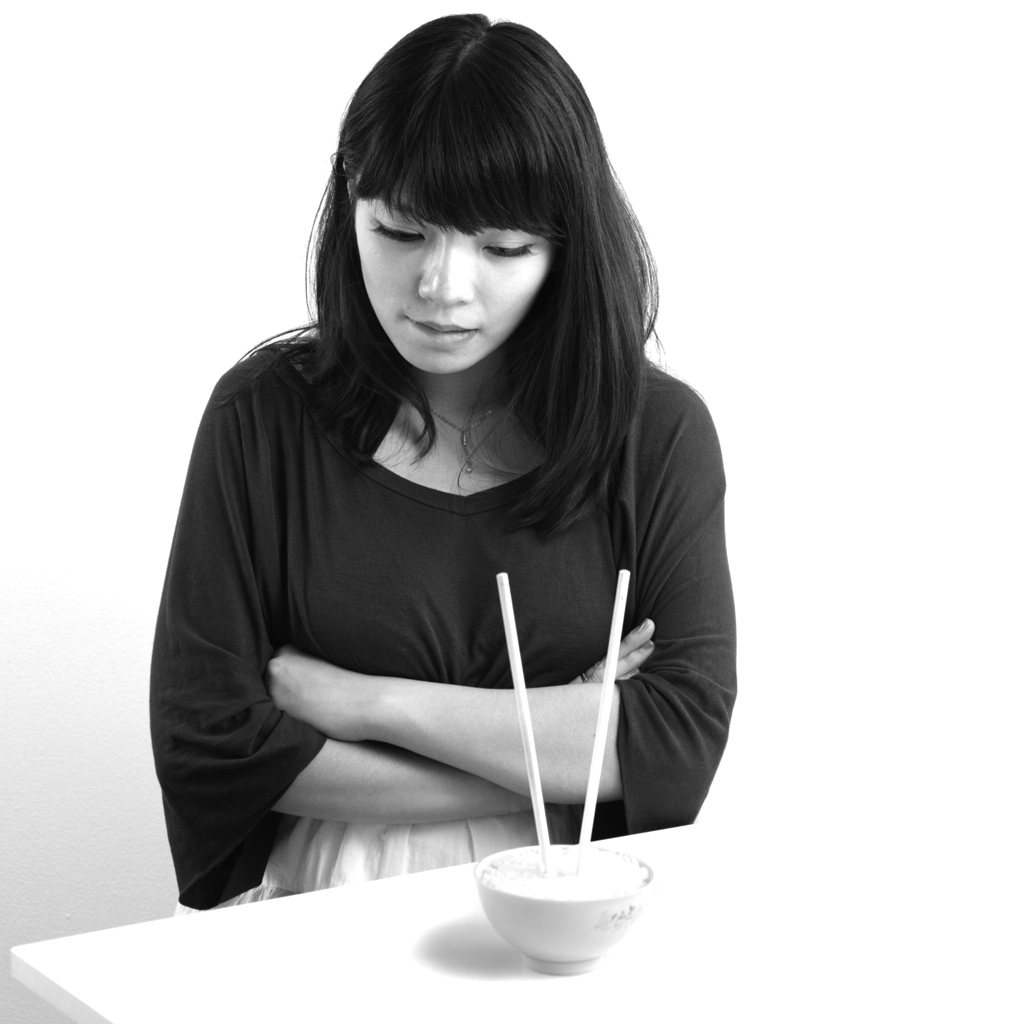Chinese culture in Malaysia is a vibrant tapestry woven from centuries of migration and integration. It is an integral part of Malaysia’s multicultural society. Chinese Malaysians uphold their unique heritage, embodying a mix of traditional Chinese practices and local customs. From the colorful Chinese New Year celebrations and lively Mid-Autumn Festival to the aromatic Chinese-Malay fusion cuisine, the influence of Chinese culture is palpable throughout Malaysia.
Chinese Food Culture in Malaysia

Chinese food culture in Malaysia is a rich amalgamation of flavors that mirrors the country’s diverse cultural tapestry. This culinary tradition, which has been passed down through generations, offers a unique blend of tastes and techniques from southern China, harmoniously interwoven with Malaysian ingredients and flavors. From delectable Dim Sum and wonton noodle soup savored in bustling street-side eateries, to the famous Hainanese chicken rice and Char Kway Teow enjoyed in local hawker centers, the variety is endless. A particular standout is the Nyonya or Peranakan cuisine, which is a delicious fusion of Chinese and Malay cooking. The dishes are characterized by tantalizing tangs, aromatic herbs, and a symphony of spicy, sweet, and sour notes, resulting in a gastronomic experience to remember.
Chinese Wedding Culture in Malaysia

Chinese wedding customs in Malaysia are a fascinating blend of traditional Chinese rituals and local Malaysian influences. The wedding ceremony typically begins with the fetching of the bride, where the groom and his entourage travel to the bride’s home, often facing playful challenges set by the bridesmaids. This is followed by a tea ceremony, a significant Chinese tradition where the couple serve tea to their elders as a sign of respect. In exchange, they receive blessings and symbolic gifts. A banquet reception often follows, featuring a feast of Chinese-Malaysian fusion cuisine. Prominent dishes include roast pig and ‘yee sang’, a festive salad symbolizing prosperity. The red color, considered auspicious in Chinese culture, is prominent in decorations, attire and even food. Yet, the weddings also reflect Malaysian multiculturalism, with customs like ‘bersanding’, a ceremonial seating on the bridal dais, borrowed from Malay weddings. This blend of cultures creates a Chinese-Malaysian wedding experience that is truly unique and rich in symbolic meaning.
Chinese New Year Celebrations in Malaysia

Chinese New Year, also known as Spring Festival, is celebrated with great vigor and splendor in Malaysia. The festivities usually last for 15 days, beginning with reunion dinners on the eve of the New Year. Family members come together to enjoy a lavish meal, symbolizing unity and harmony. Homes are adorned with red decorations and lanterns, as red is believed to ward off evil spirits and bring good luck. The streets come alive with lion and dragon dances, which are thought to bring prosperity and chase away negative energies. The highlight of the festival is the ‘Chap Goh Mei’, or the 15th night, when beautiful lanterns are released into the sky or floated on rivers, while mandarin oranges are thrown into the sea by unmarried women in the hope of finding a good husband. It’s a grand celebration that not only honors Chinese traditions but also the unity in diversity characteristic of Malaysian society.
Mid-Autumn Festival

The Mid-Autumn Festival, also known as the Mooncake Festival, is another significant celebration amongst the Chinese-Malaysian community. It is traditionally held on the full moon day of the eighth lunar month, symbolizing the end of the harvest season. During this festival, families and friends gather to appreciate the full moon, a symbol of harmony and unity. The highlight of the festival is the mooncake, a rich pastry typically filled with sweet bean paste, lotus seed paste, or assorted nuts. Mooncakes are shared among friends and family members, often while sipping tea and engaging in moon-watching activities. In Malaysia, various unique and innovative mooncake flavors, such as durian and pandan, have emerged, showcasing the fusion of Chinese and Malaysian tastes. Another integral part of the Mid-Autumn Festival in Malaysia is the carrying of brightly lit lanterns by children, filling the night with a colorful and festive ambiance. The festival is a lovely blend of Chinese customs and local influences, creating a beautiful cultural spectacle that adds to the multicultural richness of Malaysia.
In conclusion, Chinese culture in Malaysia is a vibrant and integral part of the country’s multicultural identity. From the unique and varied culinary experience, the fascinating blend of matrimonial customs, to the grand New Year and Mid-Autumn Festival celebrations, it beautifully merges centuries-old Chinese traditions with local Malaysian practices. This rich cultural fusion not only adds a unique charm to the Malaysian society but also showcases the harmonious coexistence of various cultures within the nation. It truly reflects the essence of unity in diversity, painting a vivid picture of Malaysia’s cultural richness and heritage diversity.



No Comments